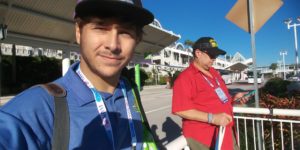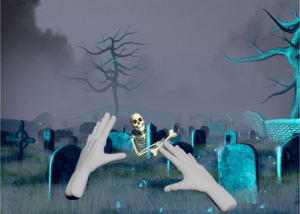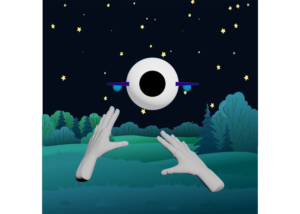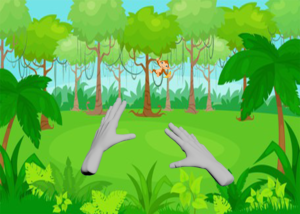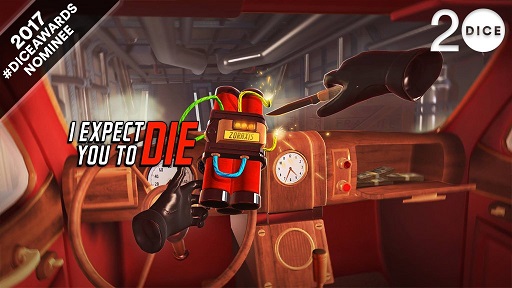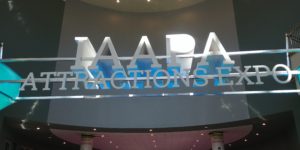
A few weeks ago, I attended the International Association of Amusement Parks and Attractions Expo in Orlando, Florida. This event is basically a massive convention, trade show, and networking event all in one for the theme park and attractions industry. Everyone from the CEOs of massive roller coaster companies to owners of small arcades attend this event, and even people like me of course.
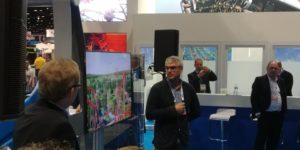
There are so many incredible technologies on display here, such as the latest and greatest in VR, full ride simulators, and even a British robot that you could hold a full conversation with. I was particularly excited to visit and talk with companies who have done work with Disney, such as Birket Engineering, Aerophile S.A.S, Dynamic Dark Rides, and Doppelmayr Garaventa Group.
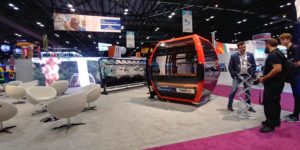
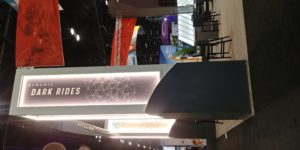
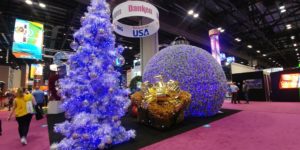
There was also an awesome AR/Projection mapping experience which was found in the form of an interactive sandbox. The projector was overhead pointed down onto the sandbox and you were invited to dig and create piles and alter the landscape of the sand, and that caused the projected landscape to change in real time. I considered the possibility of implementing something using technology like this into my project, but realized that my current goals are already extremely high, so this may be a bit too much at this point.

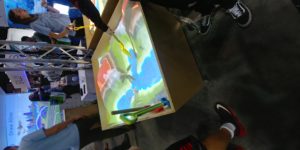
Another very exciting part of the expo was the Themed Entertainment Association (TEA) mixer which I was able to attend thanks to my employment with SeaWorld Parks & Entertainment through Sesame Place. I was able to talk to and network with people from Universal Creative, Nickelodeon Universe, and even Walt Disney Imagineering. I discussed my thesis project with some of these people and received very positive feedback and some good advice. The positive feedback from these individuals that I aspire to work with one day made me even more excited to continue to work on my project and to make it as perfect as I possibly can. It was suggested that for stability and consistency of my projection alignment on such a small scale, I use short throw projectors attached to braces that hold them in place, and build a housing for them to keep them from being eyesores. This suggestion absolutely changed the way that I have been thinking about my project, because before now, the projector has always been an outside source, removed from the project, but if I build around it, my final product will be more consistent, more aesthetically pleasing, and more “magical” as they would say at Disney.
